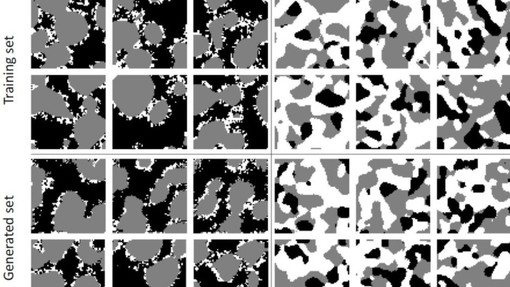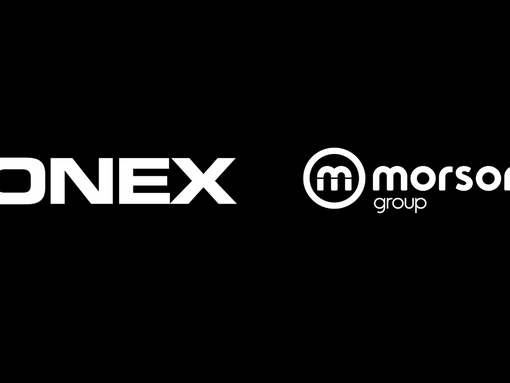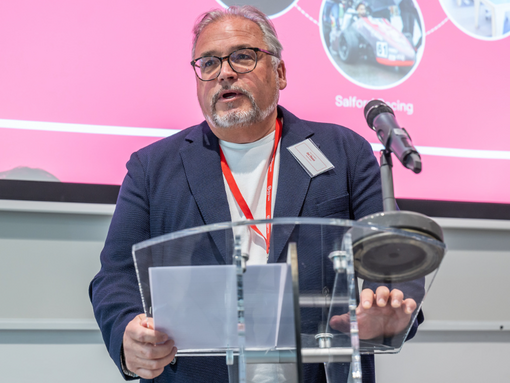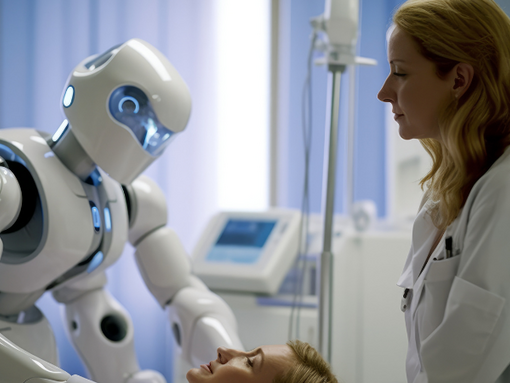
Revolutionary Engineering: Using AI to Create Super Fuel Cells
The mission to improve fuel cells and batteries is focused around improving speed of charge while decreasing weight.
Last year, we showed you how the brain chemical dopamine was being used to help develop lighter batteries for electric vehicles. Dopamine was chemically bonded to graphene oxide and combined with the material known as Kevlar. The result was a composite that is strong, tough, incredibly light and has the conductive properties that make it ideal to be used as an electrode.

With recent research, the goal of making lithium-ion batteries more powerful and faster charging could just be around the corner.
A team at Imperial College London has developed a machine-learning algorithm that has allowed their research teams to model and 3D-simulate possible designs for the microstructure of fuel cells and lithium-ion batteries.
Their paper describing the work has been published in npj Computational Materials.
The microstructure of lithium-ion batteries and fuel cells closely impacts the performance of the cells, with both the arrangement and shape of the structures within the electrodes impacting power and charge time.
The machine learning technology allows the team of researchers to virtually explore the inner structure of the electrodes (‘pores’) - which are ordinarily too small for accurate analysis – and generate 3D image data of the microstructure.
Lead author Andrea Gayon-Lombardo, of Imperial’s Department of Earth Science and Engineering, said:
“Our technique is helping us zoom right in on batteries and cells to see which properties affect overall performance. Developing image-based machine learning techniques like this could unlock new ways of analysing images at this scale.”
Project supervisor Dr Sam Cooper of Imperial’s Dyson School of Design Engineering said:
“Our team’s findings will help researchers from the energy community to design and manufacture optimised electrodes for improved cell performance. It’s an exciting time for both the energy storage and machine learning communities, so we’re delighted to be exploring the interface of these two disciplines.”
With the improvements in battery weight and algorithm-driven research into performance, a revolutionary lighter, more powerful and faster-charging fuel cell could just be around the corner.














